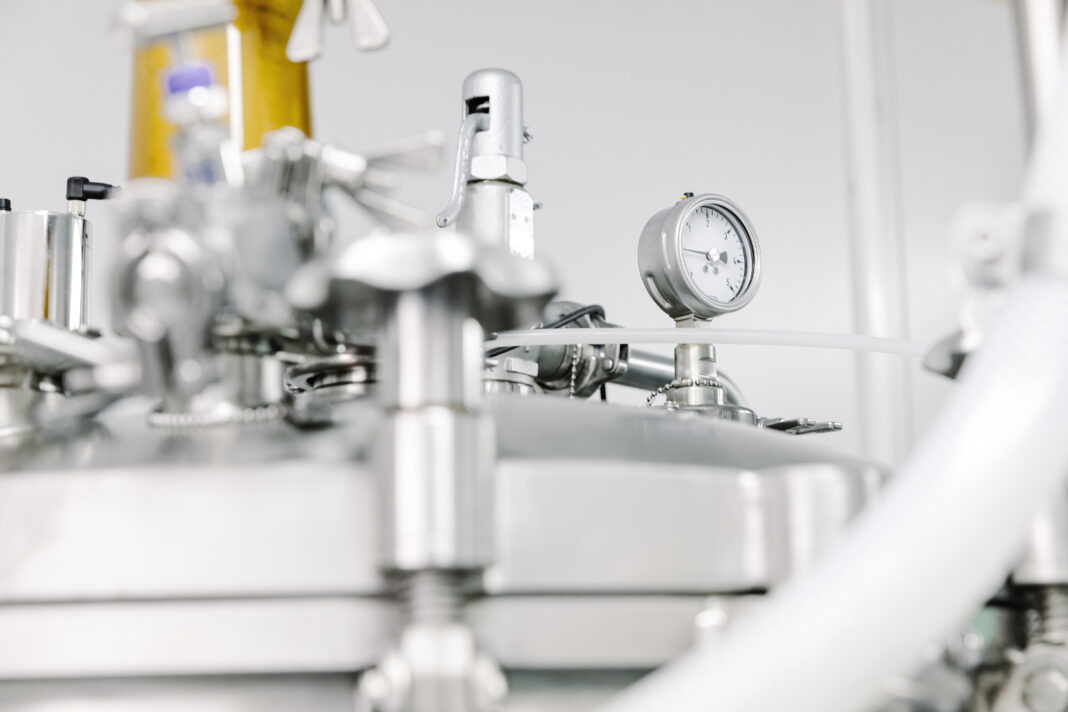Officials at Apprentice.io, which helps with manufacturing execution and team collaboration, say that not only have they seen deployments of its intelligent manufacturing software increase 12-fold during the COVID-19 pandemic, but that usage of the software grew by 22 times.
“In the past, Pharma 4.0 was a theory and it’s been incredible to see how the industry has adopted this tech on the scale it has,” says Angelo Stracquatanio, company co-founder and CEO.
Stracquatanio, who gave a talk about his experiences at Bioprocess International US West earlier this year, argues that pre-COVID-19, the pharmaceutical industry was shifting its manufacturing processes from small molecule, solid dose to biologics and again to gene and cell therapies.
“Pre-pandemic, the industry knew paper batch records were not the way to manufacture these incredibly complex drugs, but there wasn’t the incentive to deploy new technologies,” he says.
The shock of COVID-19 changed this overnight, he explains, with companies unable to collaborate onsite, or manufacture vaccines with a distributed team.
“We had customers in China and, so, in February, we decided to retool our software to do everything remotely,” explains Stracquatanio, who had a surge in demand from customers—moving, in one case, from eight pilot sites to a 70-site deployment almost overnight.
“The coordination efforts were immense last year,” he says. “We were working with our customers shoulder-to-shoulder. I was personally on calls almost every morning and evening.”
In some cases, before customers could deploy the Apprentice.io software they had to install wi-fi at some sites.
Moving forward, he believes Pharma 4.0 is here to stay. “We went from a concept to a core system overnight,” he says. “We’re convinced the world has changed and this technology will usher in the new wave of therapies coming to market—as gene and cell therapy is so different from what the industry has done before.”


